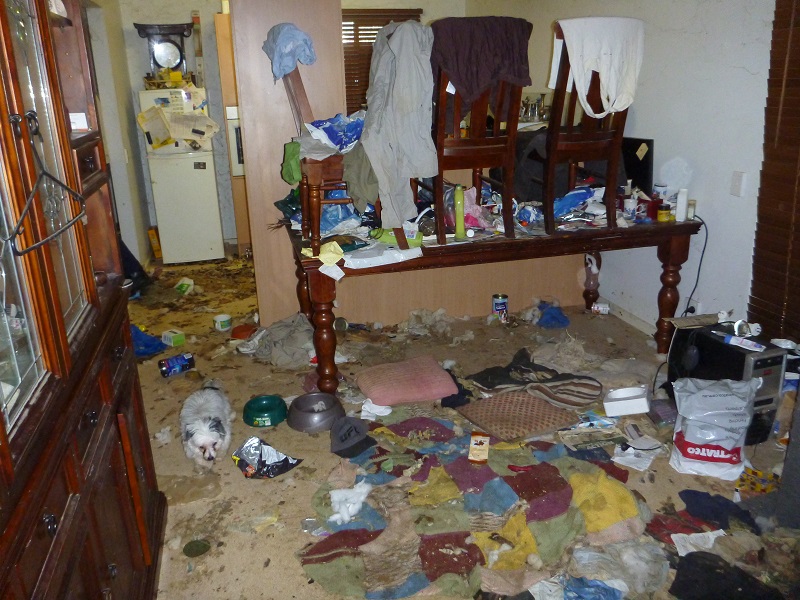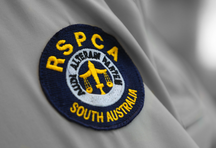Public urged to watch for signs of animal hoarding in their neighbourhoods
March 02, 2019RSPCA South Australia is revealing the behind-the-scenes horror of animal hoarding in a bid to encourage people to keep a closer eye on their neighbours.
According to RSPCA SA Chief Inspector Andrea Lewis, who has been part of the inspectorate for 14 years, the incidence of animal hoarding is symptomatic of increased social isolation within communities.

“In almost every animal hoarding case we deal with, there are mental health issues involved,” Chief Inspector Lewis said.
“Recidivism is the norm – we can seize animals, but the owners almost always find new ones to replace them.
“We hope by raising the public’s awareness of this very serious animal and human health issue, more people will take notice of those places in their neighbourhoods where there are obvious signs the occupants are not coping.
“In many of the cases our inspectors investigate, someone must have known all was not right yet – for whatever reason – they chose not raise the alarm.
“While the RSPCA has to bear the financial burden of someone turning a blind eye, it’s the scale of animal suffering and the thought of humans, too, living in these truly awful conditions that is the hardest thing for those of us at the frontline to witness.
“Animal hoarders with mental health issues need professional help, but they are usually the last people to ask for it – it’s up to all of us, as part of a compassionate society, to help them access the support services they need.”
Local councils have by-laws restricting the number of cats a resident can keep if they are not a registered breeder, with the most common maximum limit being two cats per household. Chief Inspector Lewis said the issue for the RSPCA is not how many cats a resident owns, but rather the standards of care all animals are receiving, adding that some people have many more than two cats but manage to look after them all very well.
Aside from the toll it takes on animal and human health, RSPCA SA is keen to highlight the financial drain animal hoarding places on its limited resources.
In one case involving 15 animals (11 of which survived and were subsequently adopted) the defendant was required to pay only $3500 in veterinary and boarding costs, but a conservative estimate of the actual cost the charity had to bear in repairing, desexing, vaccinating, worming, rehabilitating, boarding and rehoming the surviving animals has been calculated at more than $60,000.
The cost of caring for animals seized in these situations is completely funded through donations from the community. Without the support of its donors, this work would not be possible.
Please help RSPCA South Australia rescue and care for animals rescued from hoarding here.



